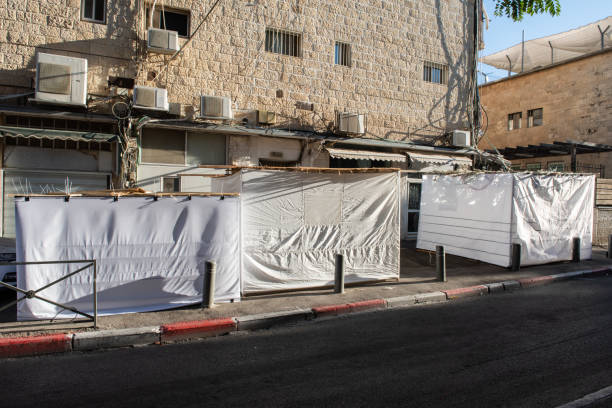Shelters are more than temporary spaces that provide safety. For many people, these are environments where healing begins after experiences of displacement, loss, or trauma. Within these walls, daily life can feel heavy, especially when stress and uncertainty dominate the atmosphere. However, art has the ability to shift this energy, transforming walls into healing canvases. By introducing visual dialogue into shelters, residents and caregivers create opportunities for expression, connection, and emotional renewal. These healing walls become more than decorations; they embody stories of hope, resilience, and shared humanity.
Power of Visual Dialogue
Visual dialogue allows individuals to communicate feelings that words often fail to capture. Many who arrive in shelters carry emotional wounds, and verbal expression can be difficult. Murals, paintings, and drawings provide another language, one rooted in color, imagery, and symbolism. Through this language, residents are able to process grief, voice memories, and imagine futures filled with possibility.
The act of creating or even viewing art encourages reflection and conversation. A mural painted in a shelter might depict community, growth, or light overcoming darkness. These images spark dialogue not only among residents but also between them and volunteers. The walls themselves become participants in ongoing conversations about recovery, identity, and shared experiences. Such initiatives parallel other efforts that focus on long-term growth, such as programs that support children’s education in Georgia. Just as education empowers children with tools for their future, healing walls empower communities in shelters with tools for emotional resilience.
By encouraging visual dialogue, shelters bridge cultural and language differences among residents. People from diverse backgrounds may find common ground in shapes, colors, and themes. Art becomes a collective voice, reminding everyone that while their paths may differ, healing remains a shared journey.
Emotional Healing Through Art
Healing walls offer therapeutic benefits that go beyond the visible. Studies in art therapy show that creating and engaging with art reduces stress, lowers anxiety, and fosters a sense of calm. For individuals in shelters, these benefits are crucial. Many residents cope with trauma from displacement, abuse, or loss, and traditional forms of therapy may not always feel accessible or comfortable.
By painting walls together, residents release emotions they might otherwise keep buried. A child might paint symbols of home, while an adult might choose abstract colors reflecting emotions of grief or hope. The act itself fosters mindfulness, grounding individuals in the present moment instead of the uncertainty of the future. Even small brushstrokes can represent progress, and seeing the completed mural reinforces a sense of achievement.
Art also has the power to create safe memories in spaces often associated with hardship. For example, a brightly painted wall in a shelter dining room may remind residents of shared laughter during its creation. Such positive memories gradually rebuild the emotional resilience needed for recovery.
Building Community Connections
Shelters are often filled with individuals from different walks of life, many of whom may feel isolated. Healing walls counteract this isolation by fostering collaboration. When people work side by side on a shared project, trust begins to grow. Murals become group achievements, proof that even in difficult circumstances, individuals can create something meaningful together.
These collaborative projects also offer residents a sense of ownership. A shelter can feel impersonal when people see it only as temporary housing. But when they help design and paint the walls, it transforms into “our space.” This shift enhances belonging, making the environment more supportive and less alienating.
Furthermore, community partnerships often emerge around such initiatives. Local artists, volunteers, and organizations contribute supplies or guidance. Their involvement reinforces connections between the shelter and the broader community, reminding residents that they are not forgotten. Healing walls, therefore, function not only as art but also as bridges that unite individuals within the shelter and connect the shelter to society outside its doors.
Transforming Shelter Environments
The atmosphere of a shelter can significantly influence the well-being of its residents. Bare, gray walls often reinforce feelings of despair. In contrast, vibrant murals bring life, energy, and hope to the space. Color psychology suggests that certain hues can lift moods, reduce stress, and foster positivity. For example, warm tones may evoke comfort, while greens and blues inspire calmness.
Healing walls turn shelters into environments where dignity is preserved. Instead of feeling like temporary warehouses for displaced people, shelters become welcoming, human-centered spaces. This transformation impacts both residents and staff, creating a more compassionate atmosphere for everyone. Caregivers working in visually enriched environments also report reduced stress and improved motivation, which translates into better support for residents.
Beyond aesthetics, healing walls serve as daily reminders of resilience. Residents see their contributions on the walls and remember their strength. These visual affirmations help counter the feelings of helplessness that often accompany displacement. Over time, the shelter evolves into a place not only of refuge but also of growth and renewal.
Conclusion
Healing walls illustrate the profound impact of visual dialogue in shelters. They go beyond decoration, offering communication where words fall short, emotional relief where trauma lingers, and unity where isolation thrives. Through murals and collaborative art, shelters become spaces of dignity, connection, and hope.
The journey of healing is complex, yet art simplifies the first step by opening the heart to expression. As shelters adopt more of these initiatives, they transform into environments that empower rather than merely house. Healing walls remind us that even in the most difficult circumstances, creativity can rebuild trust, inspire resilience, and illuminate a path forward. Ultimately, visual dialogue in shelters affirms a simple truth: healing is not just about survival, it is about creating beauty, meaning, and community even in the hardest times.

